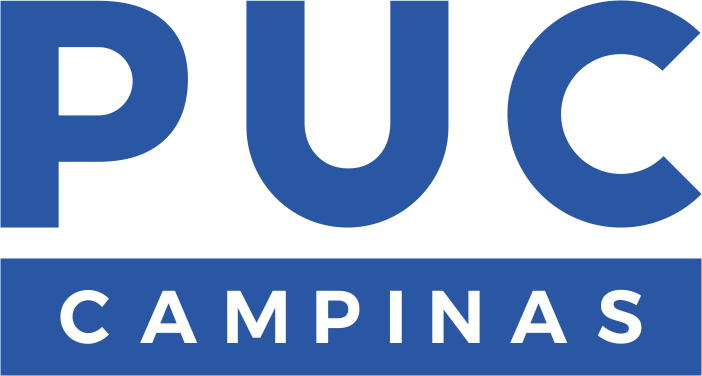Removal of p-cresol using wash waters from lipopeptide production
Autor
Gomes, Wyllerson Evaristo
Corrêa, Amanda Arthuzo
Beatto, Thainá Godoy
Etchegaray, Augusto
Nogueira, Alessandra Borin
Mendes, Renata Kelly
Tipo de conteúdo
ArtigoDireitos de acesso
Acesso abertoMetadados
Mostrar registro completoResumo
This work shows the efficiency of wash waters from lipopeptide production as a remediation strategy to treat urban water samples contaminated with p-cresol. The harvesting step in surfactin production involved a centrifugation step, generating a major soluble fraction and a fraction that is adsorbed to the biomass. The adsorbed fraction was recovered by washing steps. These wash waters containing lipopeptides (mostly surfactins), were successfully used to adsorb and solubilize p-cresol. The method of decontamination applied to an artificially contaminated natural water was monitored using a biosensor based on laccase/magnetic nanoparticles. Given the amount of surfactin within the wash water, the removal of p-cresol from artificially contaminated water was approximately 46.0%. This result confirms the successful and sustainable application of surfactin-rich wash waters to remove p-cresol from artificially contaminated natural water. The adsorption mechanism is potentially based on a multi-layer adsorption process, considering Langmuir and Freundlich adsorption isotherms.
Palavras-chave
Freundlich isothermLangmuir isotherm
Water remediation
Biosurfactant production
